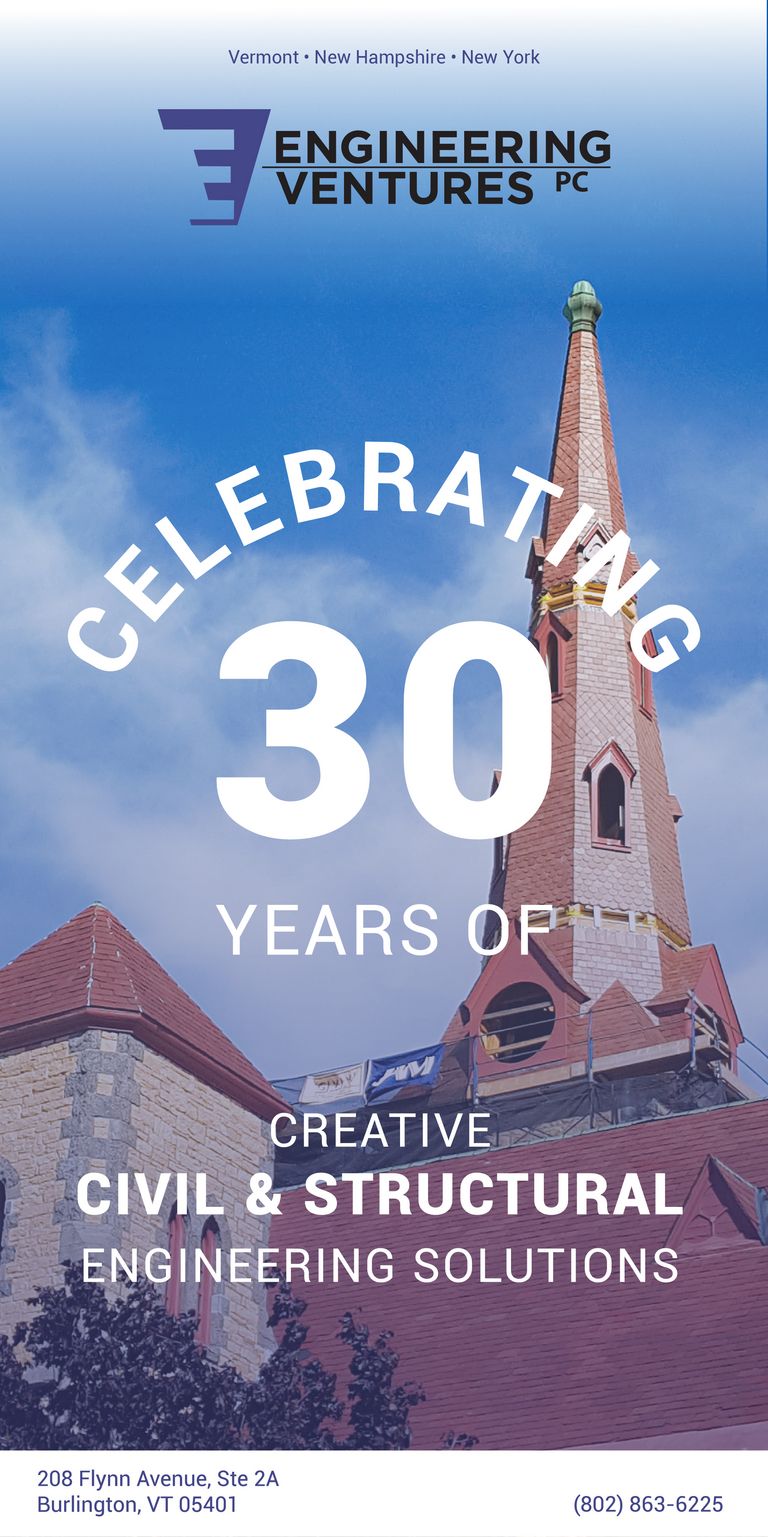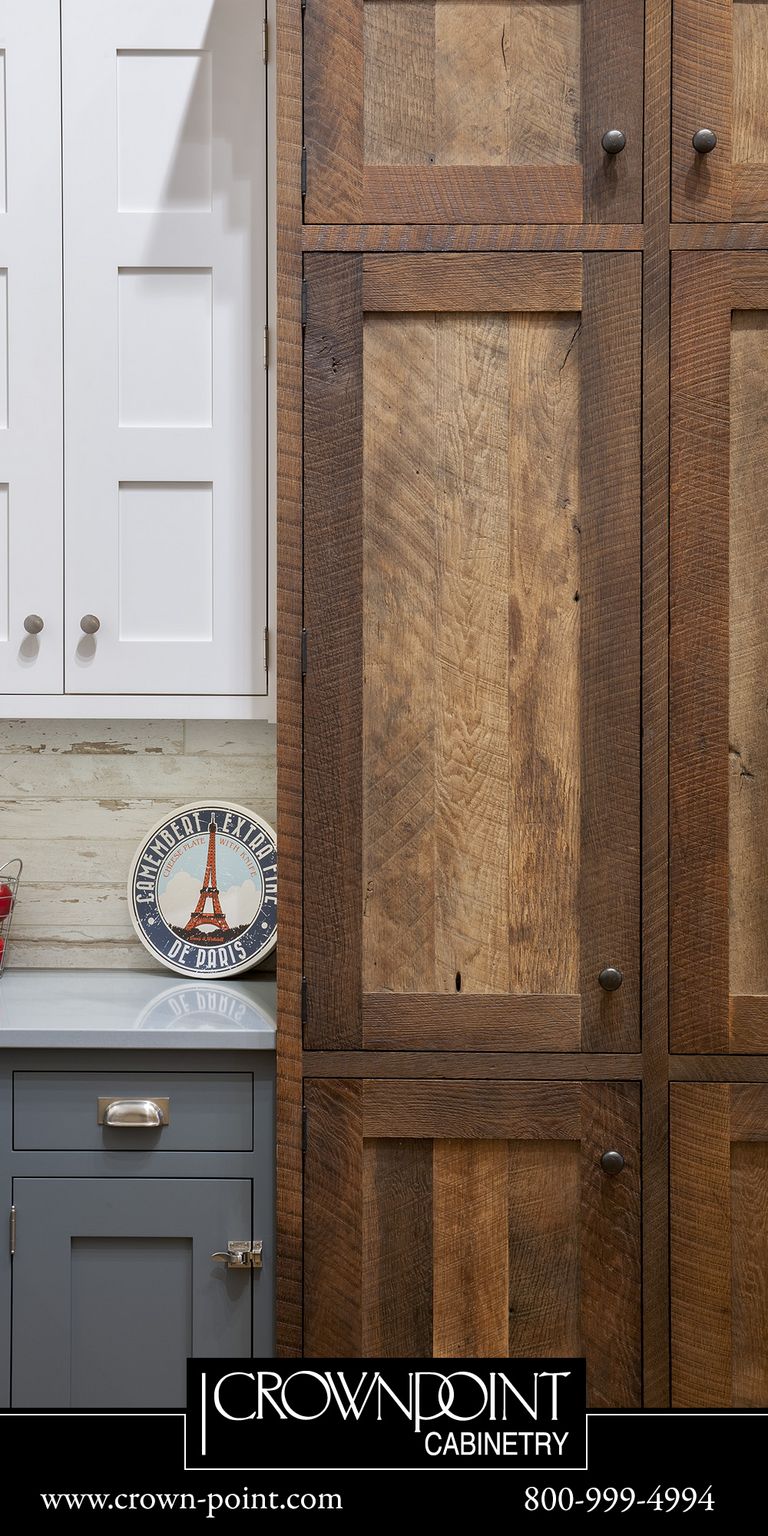Preparing your Architecture Projects for Photography
By Gary Summerville
Architecture is a visual and creative medium best showcased with engaging photography. Before creating beautiful images of an architectural design, much preparation has to happen. The suggestions and tips included in this story will help architects and their photographers eliminate surprises, control costs, and allow the focus to be on creating quality images that showcase a project’s beauty.
First of all, it’s important for the architect to walk the site with the photographer before the day photography is to take place. It’s also advantageous to have the building owner available for the day-before walkthrough, if possible. Other general issues to have worked out in advance include: where is the photographer and his/her crew to park; how will the crew move their equipment onsite; which, if any, crew members need security clearances; and who is responsible for notifying security? On the day of photography, it’s wise for the architect to have an assistant onsite to handle any problems quickly.
In terms of preparing a project site for high quality exterior architectural photography, there are several key things to remember.
- Make sure landscaping is complete and looking as best as it can. It may be necessary to bring in a landscape crew a day or two before the shoot to perk up the shrub and flower beds and even plant fresh flowers to add color.
- See that the windows are washed and that parking lots are cleaned just before the shoot.
- Make arrangements to control parking the day of the shoot, if necessary.
- Make sure all construction is complete and debris is removed.
- Determine how the photographer can access the building to turn on/off lights and adjust blinds/curtains.
The interiors of a project need to be prepared for photography as well. Key things to think about with regard to interiors include:
- Will all the interior rooms be photographed?
- Will the interior designer, if there is one, be onsite to style the rooms scheduled for photography?
- Has a cleaning crew prepared the areas scheduled for photography beforehand? If so, the photographer will be able to move along quickly.
- Will the photographer and his crew have permission to remove decorations, furniture, rearrange furniture, and turn on/off computers, televisions, and electronic devices? If the crew does not have such permissions, a representative of the owner needs to be onsite to take care of such tasks.
Addressing certain lighting issues—before a photographer arrives—will allow for optimum creativity in terms of using the building’s uniquely specified lighting design. These lighting issues can affect both exterior and interior shots. For example:
- Will the photographer be able to adjust lighting both indoors and outdoors?
- Is the lighting computer-controlled?
- Do motion sensors control some or all of the lighting? Will the photographer be able to override them, if need be?
- Will the photographer have access to the circuit panel should it be needed?
- And, most important, is all the lighting working as specified in the architect’s plans? Having the light designer available beforehand, for a walkthrough, can eliminate lighting-related delays on the day of the shoot.
The goal when hiring a professional architectural photographer is to visually showcase your project for exposure to a global audience. Preparing ahead of time with the suggestions mentioned will allow the photography phase of your project to move along smoothly and help with the creation of beautiful imagery for use in design awards programs, publications and websites.
Gary Summerton, a resident of Sunapee, New Hampshire, is a new Allied Member of AIAVT. Visit his website at www.chromepiephotography.comto see more of his work.







